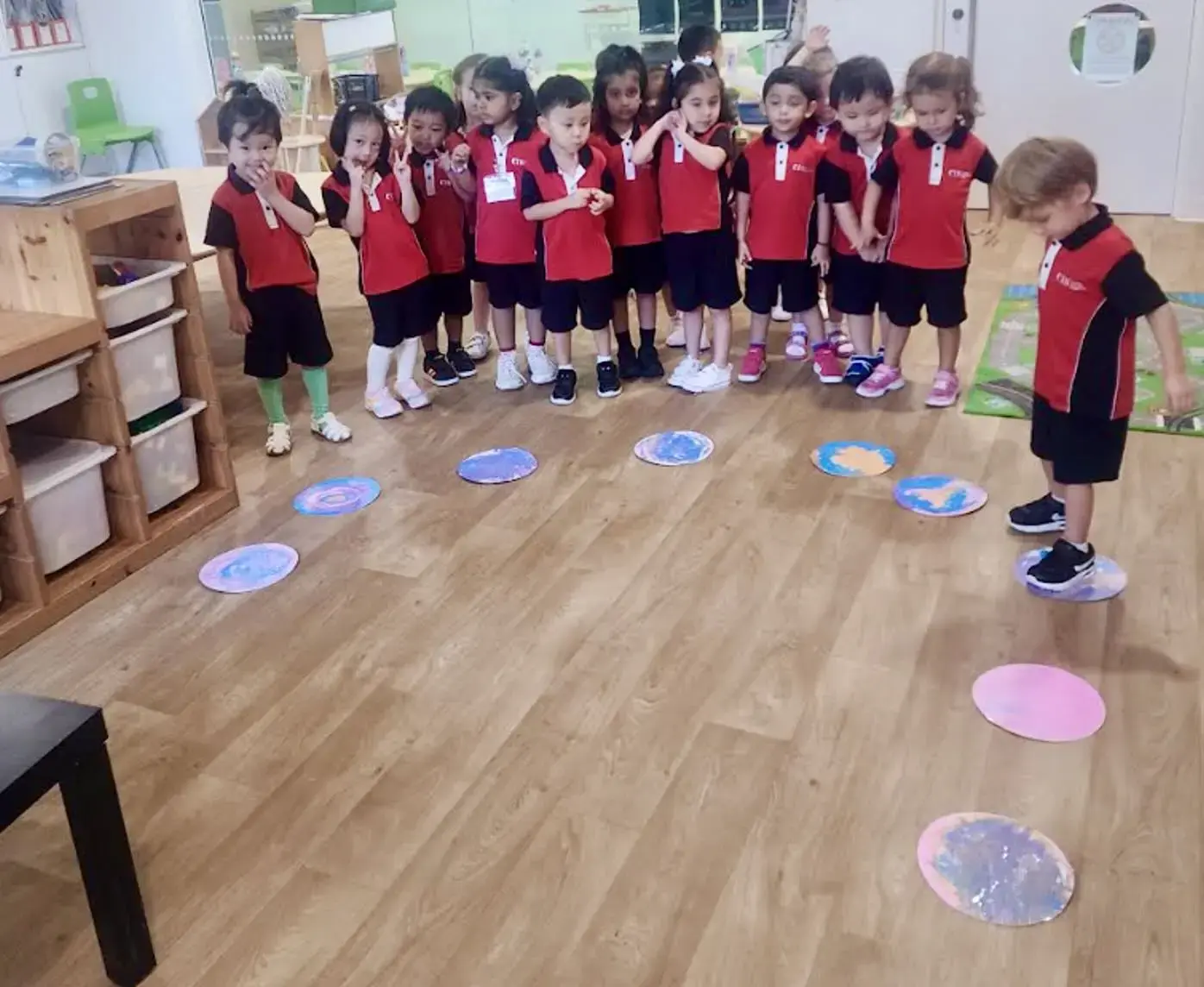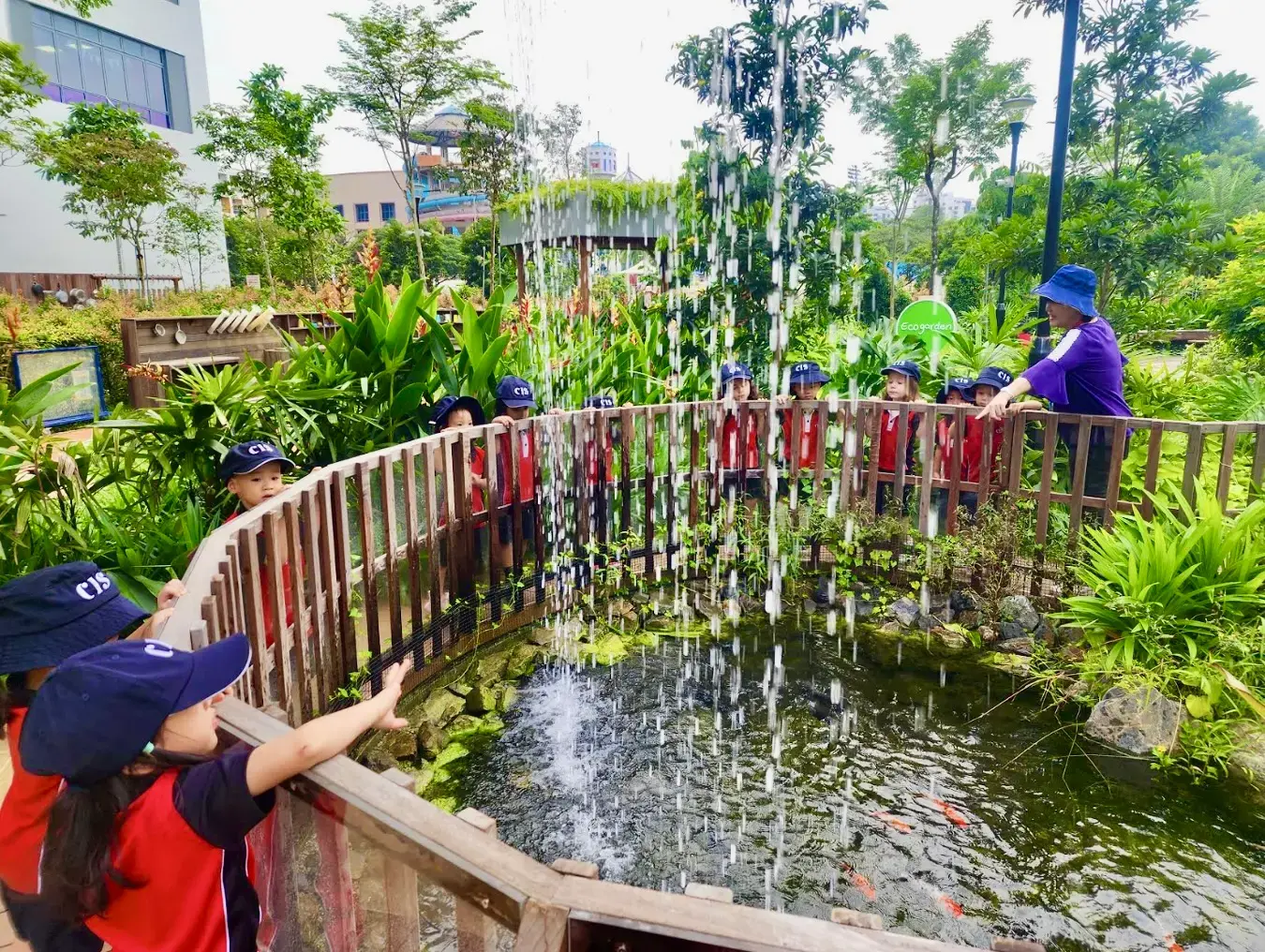Ways to practise self-regulation and mindfulness
Question: What are ways to practise self-regulation and mindfulness?
Understanding the Significance of Self-Regulation in Early Years
Self-regulation is an important skill for preschoolers to develop, as it helps them manage their emotions, behaviours, and attention. Here are some strategies to promote self-regulation in preschoolers:
Establish routines: Create a predictable daily routine that includes regular times for meals, play, rest, and structured activities. Routines provide a sense of security and help children anticipate and understand what is expected of them.
Model self-regulation: Children learn by observing and imitating adults. Therefore, it's important to demonstrate self-regulation in your own behaviour. Show them how to handle stress, frustration, and disappointment calmly and effectively.
Teach emotional literacy: Help children identify and express their emotions by using simple and clear language. Encourage them to talk about how they feel and discuss strategies to manage their emotions, such as taking deep breaths or engaging in calming activities.
Create a peaceful environment: Classroom setting is organised, clutter-free, and visually.
Mel Robbins' High Fives to our Heart: The daily morning mantra of PK-2

In pre-kindergarten, emphasising the well-being of our students' emotional and mental health takes precedence. A significant ritual during our daily morning circle time is the practice of affirmations. Students participate by waving their right hands to everyone and then placing them on their hearts. Together, we recite the empowering mantra: "I'm safe, I’m okay, and I’m loved," repeating it three times. This ritual contributes to fostering a positive and supportive environment for emotional and overall well-being.
Flower breathing

Students explored various exercises as part of their mindfulness activities. Early exposure to mindfulness practices helps students achieve a sense of calmness and heightened emotional awareness. We engaged in reading accompanied by soothing music, watched a video session that guided us on slowing our racing minds and enhancing focus and tried out flower breathing. Each student used a flower to inhale and exhale and using the scent, they practised inhaling and exhaling. Another relaxation technique was to lie down, unwind our bodies, and conduct a soothing body scan. These activities served as a calming conclusion to our day.
Calm Corner Centers

We designated a tranquil space within our classroom, and students actively contributed to setting up this area. Before arranging the corner, we engaged in a discussion about the emotions associated with entering and leaving the designated space. Each emotion card was carefully examined and discussed, emphasising the notion that it is perfectly acceptable to experience different emotions than one's peers.
Our focus was on understanding and identifying emotions. Additionally, the calm corner will serve as a centre for PK-2. Together as a class, we discovered that certain items, such as a feather, a pop-it, and a ball, can be utilised in the calm corner to help us relax and find tranquillity.
Calm Mats

Our emphasis was on promoting a sense of calmness. We discussed the soothing effect of cool colours and how incorporating white paint can create pastel colours. To personalise their calm mats, students were given a circle template. These mats will be used daily as we engage in mindfulness practices.
ODC Mindfulness
During this week, we visited the ODC (Outdoor Discovery Centre) to engage in mindfulness activities. As a class, we formed a circle and conducted a breathing exercise, focusing on inhaling and exhaling. We explored creating both soft and loud sounds and practised controlled breathing with crossed hands. To conclude our mindfulness session, we placed one hand on our hearts and recited the mantra, "I’m okay, I’m safe, and I’m loved," repeating it three times.
Calm Bodies

We were given an opportunity to pause and contemplate our well-being and the sense of community. Emphasising treating our friends with kindness through mindful movements, we discussed the importance of centring ourselves and feeling our bodies. Engaging in mindfulness stories and deep breathing exercises further supported this focus.
Mindfulness has presented a unique emphasis for us, with the understanding that calm bodies result from mindfulness practices. We have dedicated efforts to approach situations with relaxed bodies. Regardless of age, the ability to comprehend and express emotions fosters connections, helps overcome challenges, and builds long-term resilience. Recognising the significance of understanding our emotions, we strive to pay attention to the various emotions as they arise, allowing us to navigate situations more effectively.
Student feedback during our reflections:
I felt loved
I felt safe
Kind words come from the heart
Feelings come and go, it's okay